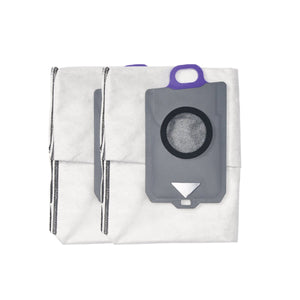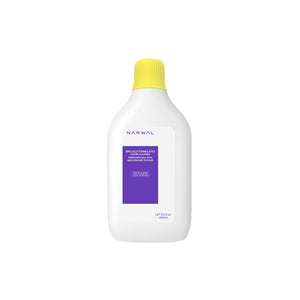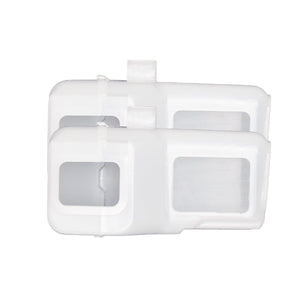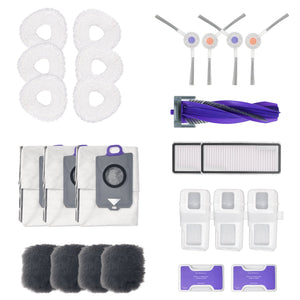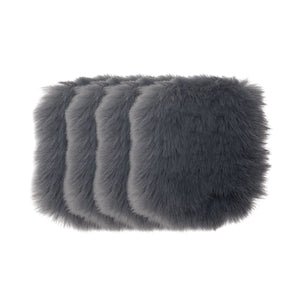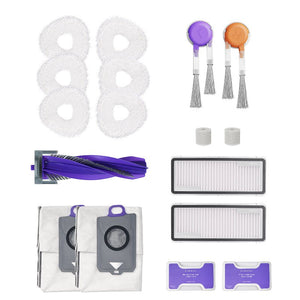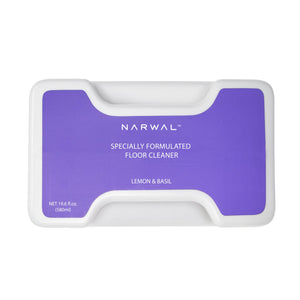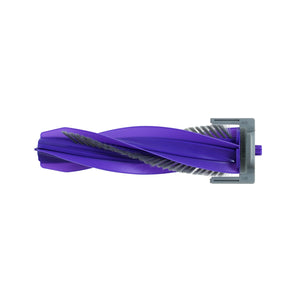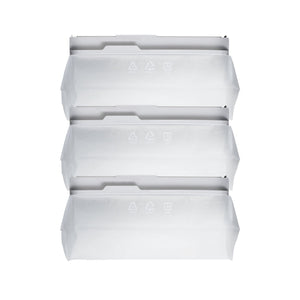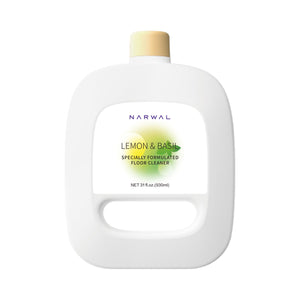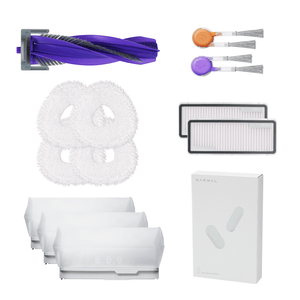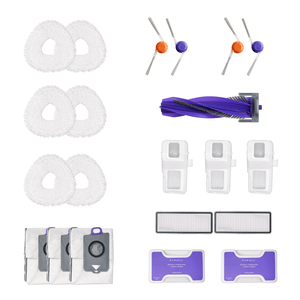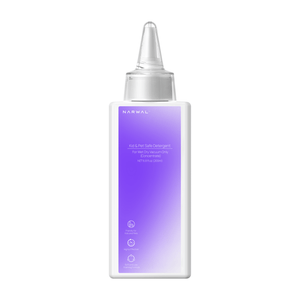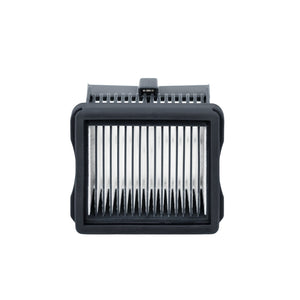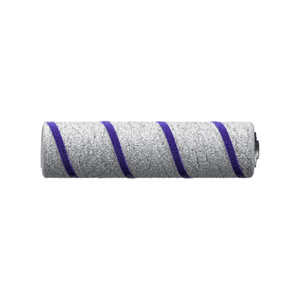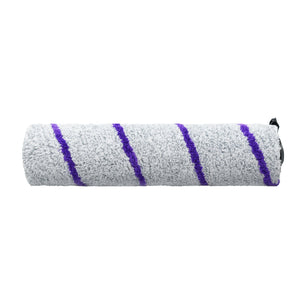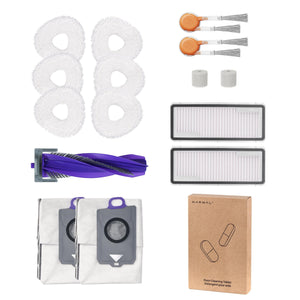Robot vacuums have transformed home cleaning. They offer convenience and efficiency, making daily chores easier. Recently, a new wave of technology has emerged: stair-climbing robot vacuums. These devices promise to tackle stairs, which have long been a barrier for traditional robots. But do they really justify the cost?
The Technical Challenges of Stair-Climbing Robots
Stairs present unique challenges for robotic design. Unlike flat surfaces, stairs have varying heights and angles. Navigating these obstacles requires sophisticated engineering. A robot must determine the best way to ascend and descend safely. This involves understanding the height and depth of each step. Poor navigation can lead to falls or damage to the robot or stairs.
Another challenge is weight distribution. A robot must be stable enough to handle the incline without tipping over. This steadiness is key to keeping balance while in use.
Necessary Technologies for Stair-Climbing Robots

To overcome these challenges, stair-climbing robots need advanced technologies.
- Sensors: Today’s stair-climbing vacuums use technologies such as LIDAR and cameras to navigate. These help the robot map its surroundings and identify stairs. By detecting edges, the robot can avoid dangerous falls.
- Motor Technology: Strong motors are essential for climbing stairs. They need enough power to pull the robot up while maintaining stability. Additionally, motor efficiency affects battery life, which is crucial for prolonged use.
- Battery Life: A powerful battery is necessary to support the robot during climbs. Long-lasting battery life allows the robot to clean multiple levels without interruption.
- Artificial Intelligence: AI greatly enhances stair-climbing robots’ abilities. With machine learning, these robots adjust to different settings, gradually refining their navigation skills.
Despite advancements, many stair-climbing robots still face limitations. Some struggle with steep or narrow stairs. Others may not have the battery life to clean entire homes efficiently. Compared to traditional robot vacuums, which operate effectively on flat surfaces, stair-climbing models are still developing.
These constraints prompt doubts about whether stair-climbing technology is a worthwhile investment. For many households, a standard robot vacuum may be sufficient. They offer convenience and efficiency without the added complexity of stair navigation.
Comparison of Narwal Freo Z Ultra and Migo Advancer
It's important to note that the Narwal Freo Z Ultra does not have stair-climbing capabilities, whereas the Migo Advancer is specifically designed for this task. While stair-climbing can be a valuable feature, it's essential to evaluate other aspects of robot vacuums to determine which product best suits your needs.
Let's explore how the Narwal Freo Z Ultra and the Migo Advancer compare in terms of cleaning performance, navigation technology, and additional features that contribute to their overall effectiveness in everyday use.
Cleaning Performance

The Narwal Freo Z Ultra is designed for both vacuuming and mopping, providing a comprehensive cleaning solution. It uses powerful suction to capture dirt and debris efficiently across different surfaces. Additionally, its mopping feature employs an intelligent water management system, ensuring optimal moisture levels for thorough cleaning without oversaturation.
In contrast, the Migo Advancer primarily focuses on vacuuming. While it offers solid suction power, it lacks the dual-functionality of mopping, limiting its cleaning versatility. This distinction makes the Narwal Freo Z Ultra a more suitable option for households seeking a full cleaning solution.
Navigation and Mapping

The Narwal Freo Z Ultra boasts intelligent mapping capabilities. Using LiDAR technology, it charts effective cleaning routes, skillfully maneuvering around furniture and obstacles. This boosts cleaning thoroughness and minimizes missed areas.
On the other hand, the Migo Advancer employs basic navigation methods. While it can navigate around obstacles, it does not offer the same level of sophisticated mapping. As a result, it may take longer to clean larger spaces, potentially leading to less efficient cleaning sessions.
Battery Life and Charging
The Narwal Freo Z Ultra has excellent battery life, enabling it to clean for longer periods without stopping. When the battery is low, it heads back to the dock to recharge, so it's prepared for the next cleaning job.
The Migo Advancer has a shorter battery life compared to the Freo Z Ultra. While it can still complete smaller cleaning jobs, users may need to monitor its battery levels more closely. This might be a disadvantage for people with larger homes or higher cleaning demands.
Smart Features and App Integration

The Narwal Freo Z Ultra offers advanced features like voice command and compatibility with home automation. Through an intuitive app, users can set up cleaning schedules, modify preferences, and track the cleaning status. This connectivity boosts ease of use and provides a tailored cleaning experience.
In contrast, the Migo Advancer lacks robust smart features and app integration. While it may offer some basic controls, it does not provide the same level of convenience or customization that the Freo Z Ultra offers.
Maintenance and Support
The Narwal Freo Z Ultra is built to make upkeep simple. Its self-cleaning mopping system reduces the need for manual cleaning of mop pads. Narwal provides reliable customer support, so users can easily get help whenever they need it.
The Migo Advancer requires more manual maintenance, particularly when it comes to cleaning filters and brushes. This might be a drawback for those who prefer a fully automated cleaning experience.
While both the Narwal Freo Z Ultra and Migo Advancer offer valuable features, the Freo Z Ultra stands out in terms of cleaning performance, navigation, battery life, smart features, and maintenance ease. For users looking for a comprehensive cleaning solution that can adapt to various needs, the Narwal Freo Z Ultra is the superior choice.
[cta:narwal-freo-z-ultra-robot-vacuum-mop]
Conclusion
In summary, stair-climbing robot vacuums face significant technical challenges. Though the technology appears promising, many current models struggle to perform effectively in real-world scenarios. For many users, investing in a stair-climbing vacuum may not be necessary. Standard robot vacuums, like those offered by Narwal, provide excellent cleaning solutions without the added complexity of stair navigation.
FAQs
What is the future of stair-climbing robot technology?
The future is bright, as research continues to enhance functionality, reliability, and compatibility with smart home systems, making these devices simpler and more effective to use.
What should users consider when choosing a stair-climbing robot vacuum?
It's important to consider factors like battery life, navigation efficiency, and compatibility with different stair types to ensure the vacuum meets your cleaning needs effectively.
Are there any new technologies being developed for stair-climbing robot vacuums?
Yes, researchers and manufacturers are exploring improved sensor technologies, enhanced navigation systems, and better climbing mechanisms to make these vacuums more efficient and reliable.





















